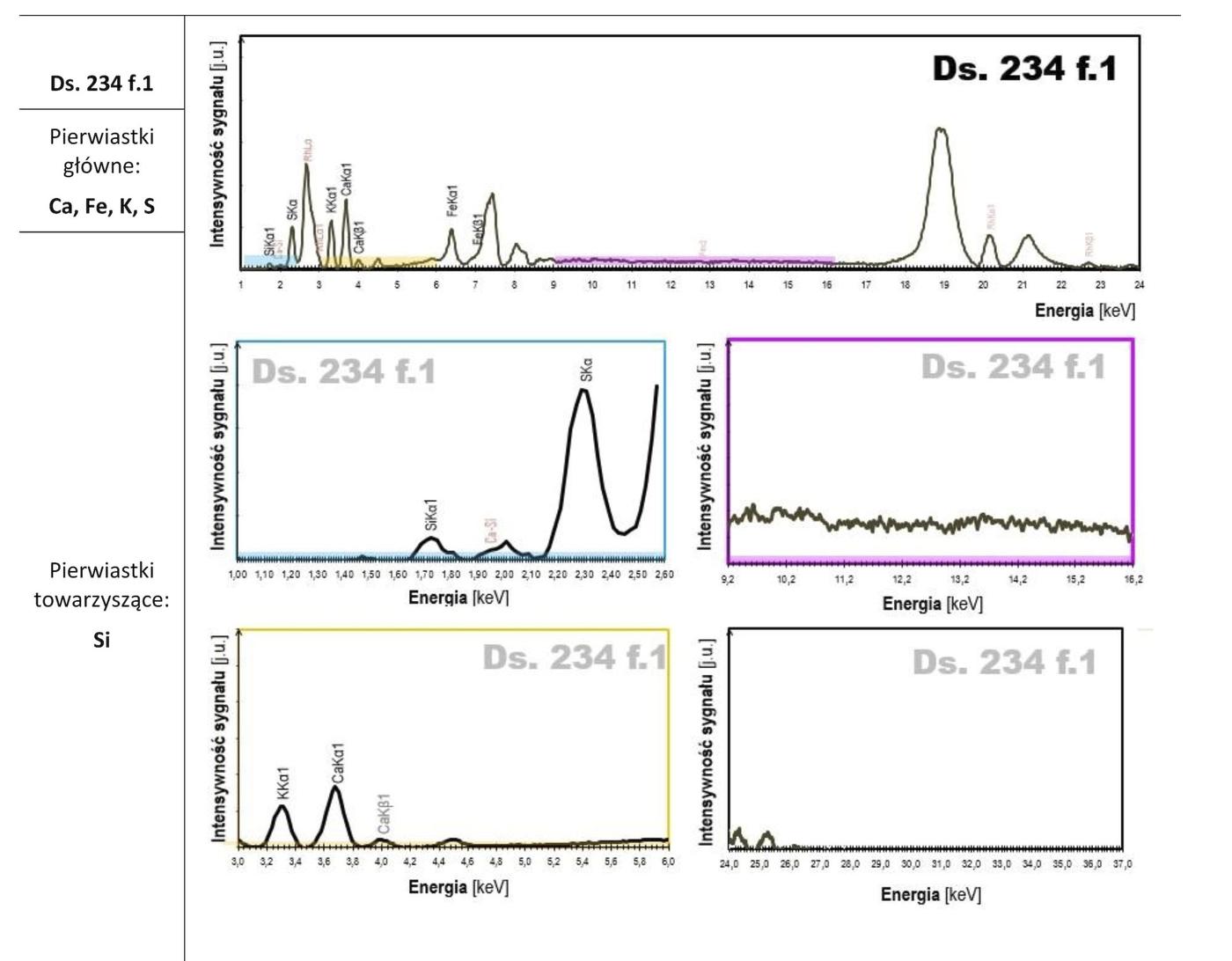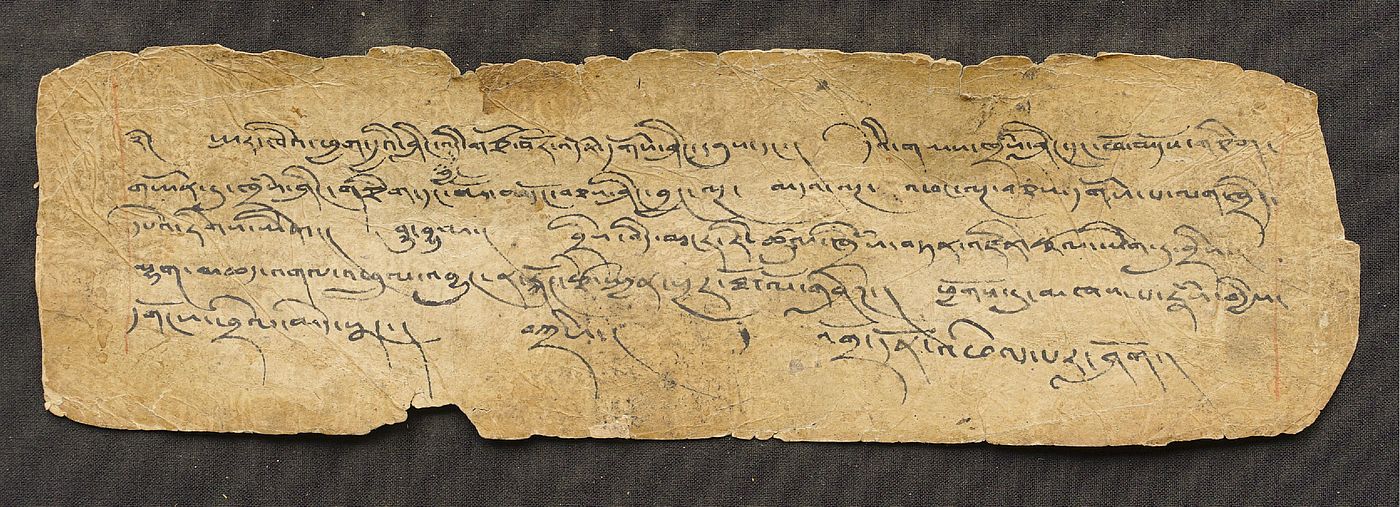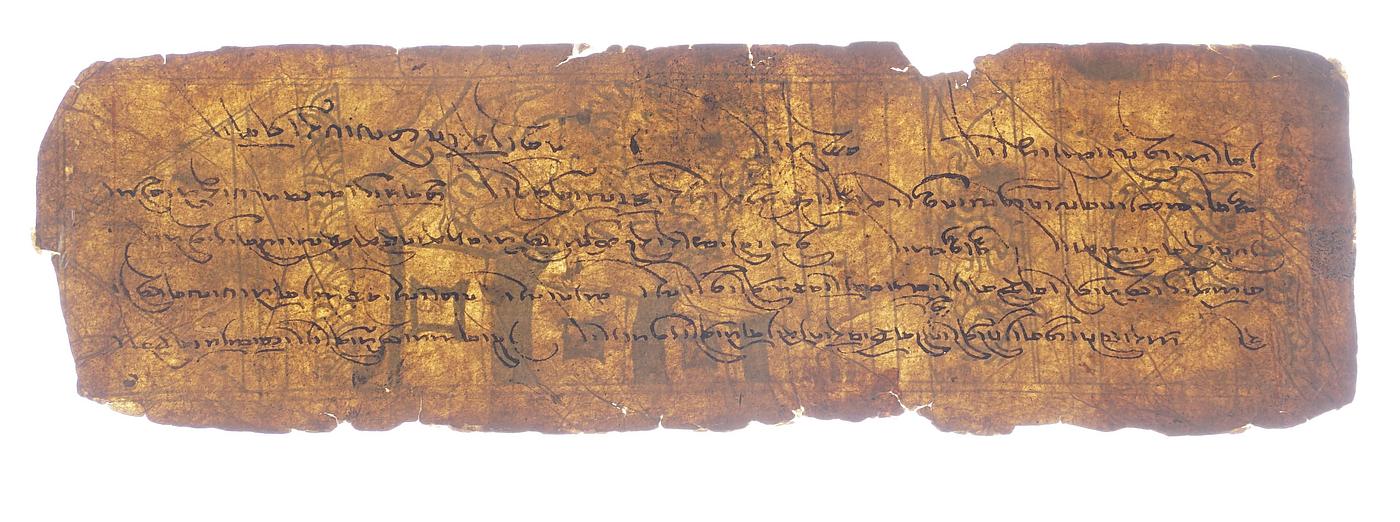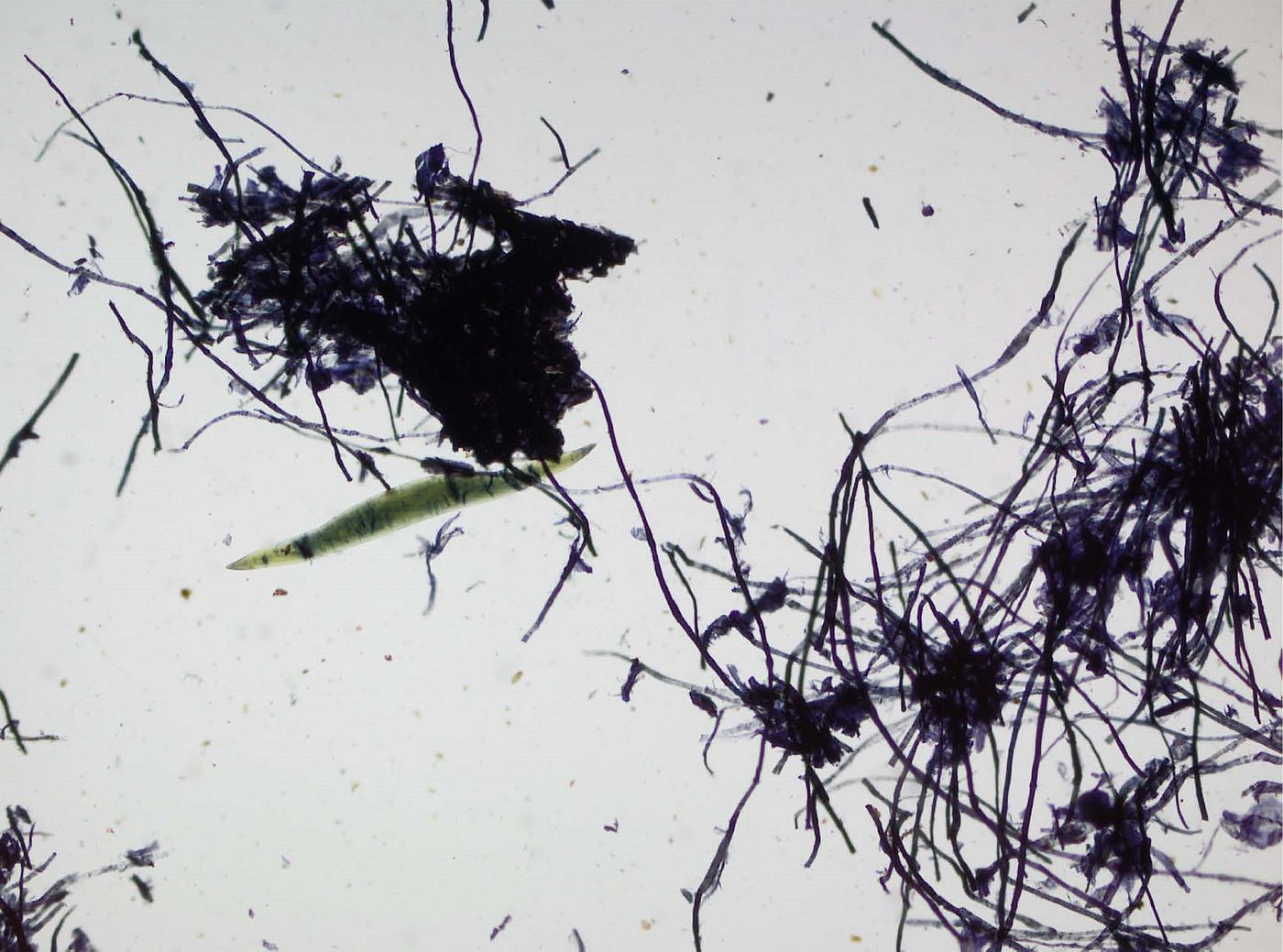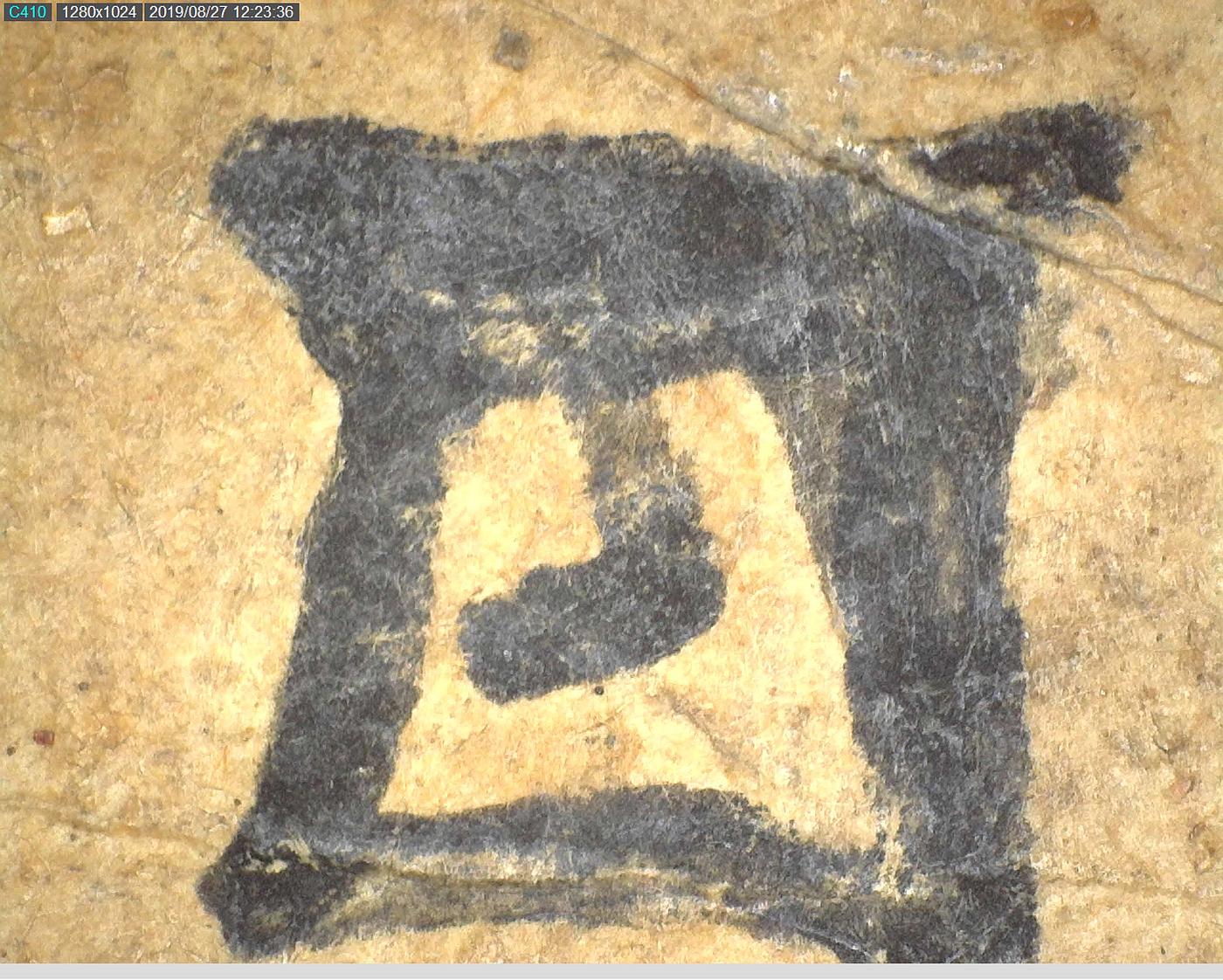DRANGSONG MANUSCRIPTS
| 1. Text number | Drangsong 234 |
| 2. Text title (where present) in Tibetan | Missing |
| 3. Text title (where present) in Wylie transliteration | |
| 4. A brief summary of the item’s contents | Schematic diagram for making trigram symbols |
| 5. Number of folios | 1 |
| 6. Scribe’s name | |
| 7. Translation of title | |
| 8. Transcription of colophon | spar kha’i phyag rgya’i shing ’di gtso bor ’don dgos shing dbus dang/ de’i g.yas khrams shing dang pho mdos gcig/ g.yon du khrams shing gcig dang mo mdos bcas shing byang lnga/ mda’ lnga ’phang lnga bcas dgos pa lag khrid dpe rigs yin/ bhu bham/ bris ’di mnga’ ris tshul khrims bstan ’dzin rtsāl yig tu bris/ lhag mchad[chd] ’gal ‘phrul ‘byung na rkong rtse spyan sngar tho[mthol] lo gshegs [gshags]/ phyogs su mkhas pa rnams gyis[kyis] dgongs phrel [khrel] med snang [gnang]/ bkra shis/ ‘gro don ‘phel par shog/ |
| 9. Translation of colophon | The symbolic wooden sign of the trigram is in the middle; to the right is the tally-stick and the mdos effigy of men, and to the left is the tally-stick and the mdos of women. Also, one needs five wooden tablets, five arrows and five spindles. This is the diagram for making them. Virtue. This text is written by me, mNga’ ris Tshul khrims bstan ’dzin (?). If there is any omission or fabrication or error, then [I would like to] repent before [the divine king] rKong rtse. It is also my hope that scholars on all sides will not be ashamed of this work. Good fortune. May there be benefit all living beings. |
| 10. General remarks | This text is a part of Bon elemental divination (nag rtsis). In the Bon tradition, elemental divination and astrology are considered to have been taught by Kong rtse ’phrul gyi rgyal po. Generally, wooden tablets featuring trigrams are used in funeral rituals, with the configuration of trigrams being based on the deceased’s birth information. |
| 11. Remarks on script | tshugs ring |
| 12. Format | Loose leaves |
| 13. Size | 8.5 × 28.3 cm |
| 14. Layout | |
| 15. Illustrations and decorations | This folio with red margins is drawn with the pattern of a wooden tablet (shing byang) to serve as a model or as a substitute for an actual one. On its back is written a five-line text resembling a colophon.The tablet pattern possesses an elaborate frame and may be divided in three sections. The main, rectangular section at the middle may be described as a symbolic landscape. At its bottom, a register filled with circular wave designs indicates a piece of water. Above it, on two hills, stand a three-storey house and a large tree. Atop, a register drawn with a sun, a moon, and a cloud represents the sky. Just below this register, above the house and the tree, appears the Li trigram.
The bottom and top sections are triangular in shape. While the former is blank, the latter is ornamented with the drawing of a burning jewel, as is often the case on wooden tablets. A small inscription written upside down at the top[1] may indicate either that this tablet is the eleventh of a series, or that there were ten more pages before this one. [1] It reads: bcu cig byon. |
| 16. Paper type | Woven, 2 layers, rough with textile print and creases on the surface |
| 17. Paper thickness | 0.13–0.27 mm |
| 18. Nos of folio sampled | f. 1 |
| 19. Fibre analysis | Daphne sp. |
| 20. AMS 14C dating | |
|
XRF Analysis |
Main elements : Ca, K, Fe, S, Cl |
|
RTI Images |
 |
|
Fibre Composition |
 |
